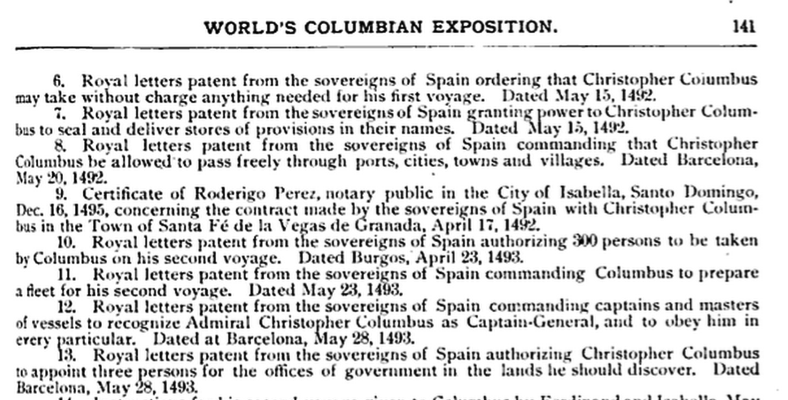Appropriating Life: Biopiracy as Neocolonialism-- By LaurenPackard - 10 Mar 2015I. What is biopiracy?Bioprospecting describes the process whereby pharmaceutical companies discover and commercialize new products based on biological resources, usually plants. Oftentimes Big Pharma appropriates and commercializes generations of indigenous knowledge without compensating indigenous peoples. This form of exploitation is known as biopiracy. Some examples:Neem TreeIndians have used the neem tree, which has anti-fungal properties, for millennia as pest control and as medicine. In 1995, the European Patent Office granted a patent on a neem derivative to the USDA and to Grace, a multinational chemical company. In 2000, a coalition of European and Indian green groups successfully opposed the patent.Rosy PeriwinkleAfricans have used the rosy periwinkle, which is native to Madagascar, for centuries, primarily to treat diabetes. In 1958, scientists patented two rosy periwinkle derivatives—vinblastine and vincristine. The former treats childhood leukemia and the latter treats Hodgkin’s lymphoma. Worldwide sales are over $113 million a year.Basmati RiceIn 1997 US corporation RiceTec? was granted a patent on a “novel line” of Basmati rice crossed with a semidwarf variety of basmati rice. Indians have been breeding and growing Basmati rice for centuries and produces about 650,000 tons annually. The Indian government intervened and invalidated several claims in the patent and limited it to three strains of rice. Western companies have also received US patents on Gabonese oubli berries (granted in 1994, hit the market in 2009 as artificial sweetener “cweet”), a variety of Mexican yellow bean (granted in 1999 and revoked in 2008), Bolivian quinoa (granted in 1994 and abandoned shortly after) and Indian turmeric (granted in 1995 and revoked in 1997).II. Intellectual property laws as a mechanism for neo-colonialismIn 1994 the WTO began administering the Agreement on Trade-Related Aspects of Intellectual Property Right (TRIPS). TRIPS introduced intellectual property rights into international trade for the first time—essentially, it requires all developing nations to conform to Western intellectual property laws. And in 1980, the Supreme Court held that sui generis living organisms are patentable (see Diamond v. Chakrabarty). Western intellectual property law is antithetical to the open-access and community-generated knowledge people in developing countries have developed over generations. And patents are expensive to file and process. Consequently, although developing countries are the source of 90% of the world’s biodiversity they hold fewer than 5% of all patents worldwide. According to one estimate, the US has exploited over $2.7 billion’s worth of knowledge from developing countries. And bioprospecting will practically curtail or even completely preclude indigenous peoples’ access to the plants on which they’ve relied for centuries or millennia—patents may make their use illegal, or pharmaceuticals will practically preclude their use by co-opting the supply and access to these plants. Spanish sovereigns sent Christopher Columbus on his journey with “letters patent” granting him the power to claim any land he discovered that was not governed by white Christians. So—is biological life the next frontier of unclaimed territory? And is intellectual property the West’s religion du jour?
III. A potential solutionIn 2010, the UN’s Convention on Biological Diversity adopted the Nagoya Protocol on Access to Genetic Resources and the Fair and Equitable Sharing of Benefits Arising from their Utilization. The Nagoya Protocol has been ratified by 59 states (including the EU). The US has signed but not ratified the treaty. The Nagoya Protocol seeks to address the ethical pitfalls of bioprospecting by imposing access obligations and benefit-sharing obligations between the jurisdiction where the genetic resources are located and the contracting party. The access obligations require clear rules and procedures for obtaining prior informed consent and subsequent permits. The Protocol requires “fair and equitable” benefit-sharing between the parties on mutually agreed-upon-terms—benefits can be monetary or nonmonetary (e.g. royalties). And, notably, the contracting parties must comply with the domestic laws where the genetic resource is extracted.IV. Does it go far enough?The Nagoya Protocol presents practical impediments to success: patents as they stand do not require disclosure of the location where genetic resources were “found” (which may preclude fair benefit-sharing) and developing countries require a large amount of capacity-building until their institutional competence regarding intellectual property meets our Western standards. The most damning feature of the Nagoya Protocol is that it still advocates strict adherence to Western intellectual property ideals. Genetic resources will still have “an owner”—the countries wherein these resources are found merely get more oversight in regards to their relationship vis-à-vis would-be colonizers. Those countries also get a bit more of the proceeds from the appropriation and exploitation of their indigenous knowledge. Perhaps Monsanto will reinvest some profits in India by building a lab there, so nearby residents can work as lab technicians instead of living by subsistence—in other words, developing countries can support their occupiers’ efforts and more efficiently perpetuate Western legal constructs. The Protocol says that’s “progress.” But it is merely entrenching colonists more deeply into developing countries. The third-world communities that developed knowledge of and cross-bred and cultivated the plants do not own the genetic resources they helped create. One solution is to dissolve intellectual property’s regime of strict dichotomy between individual ownership and the public domain. |
|

